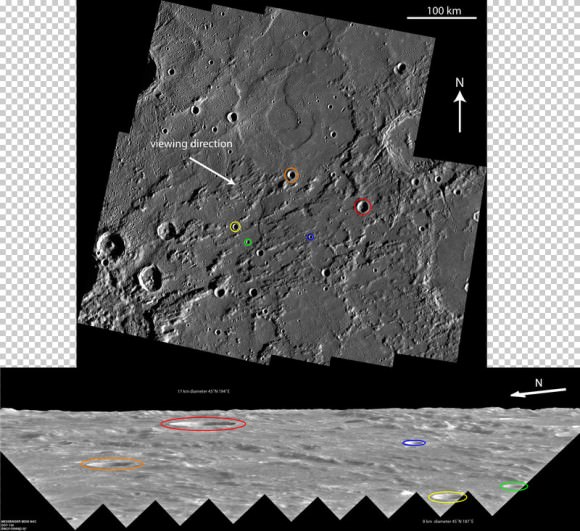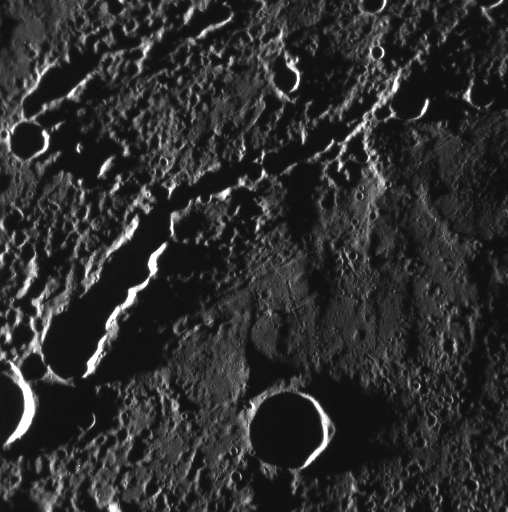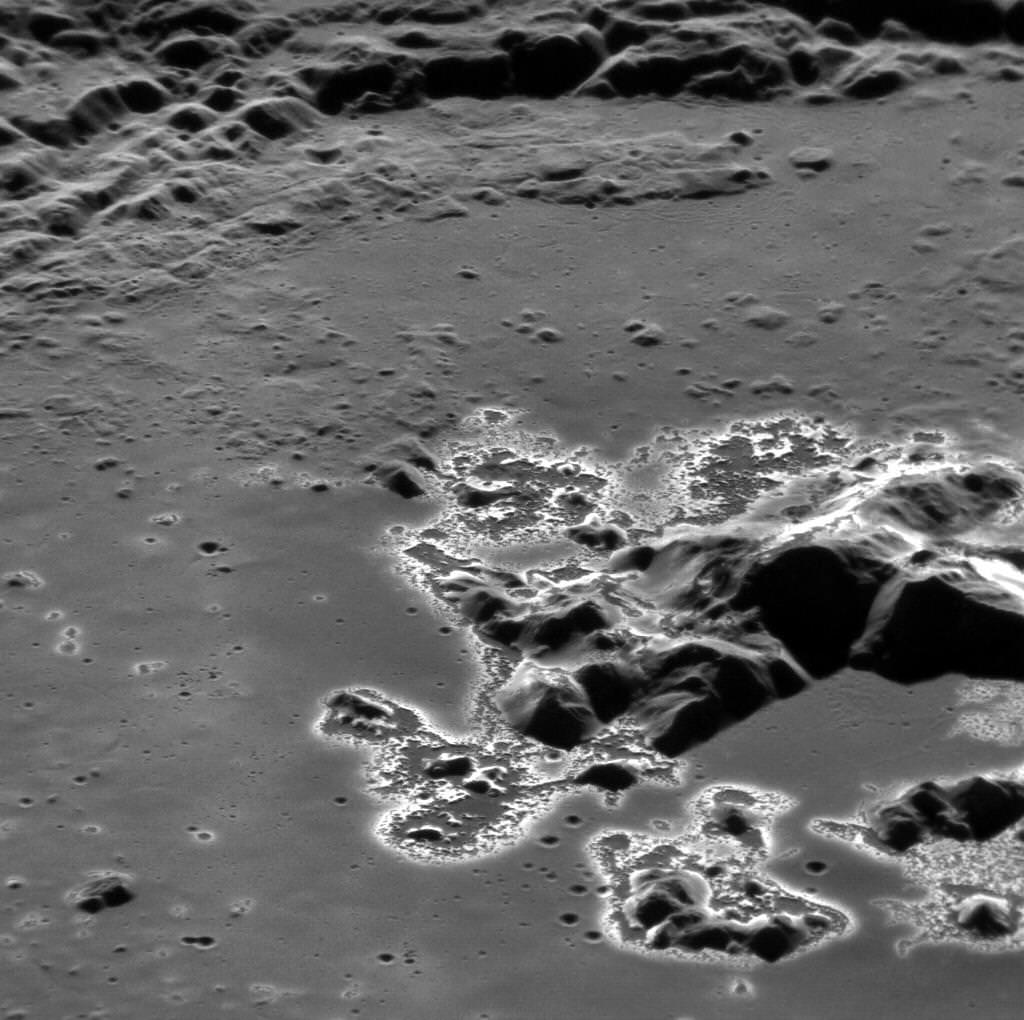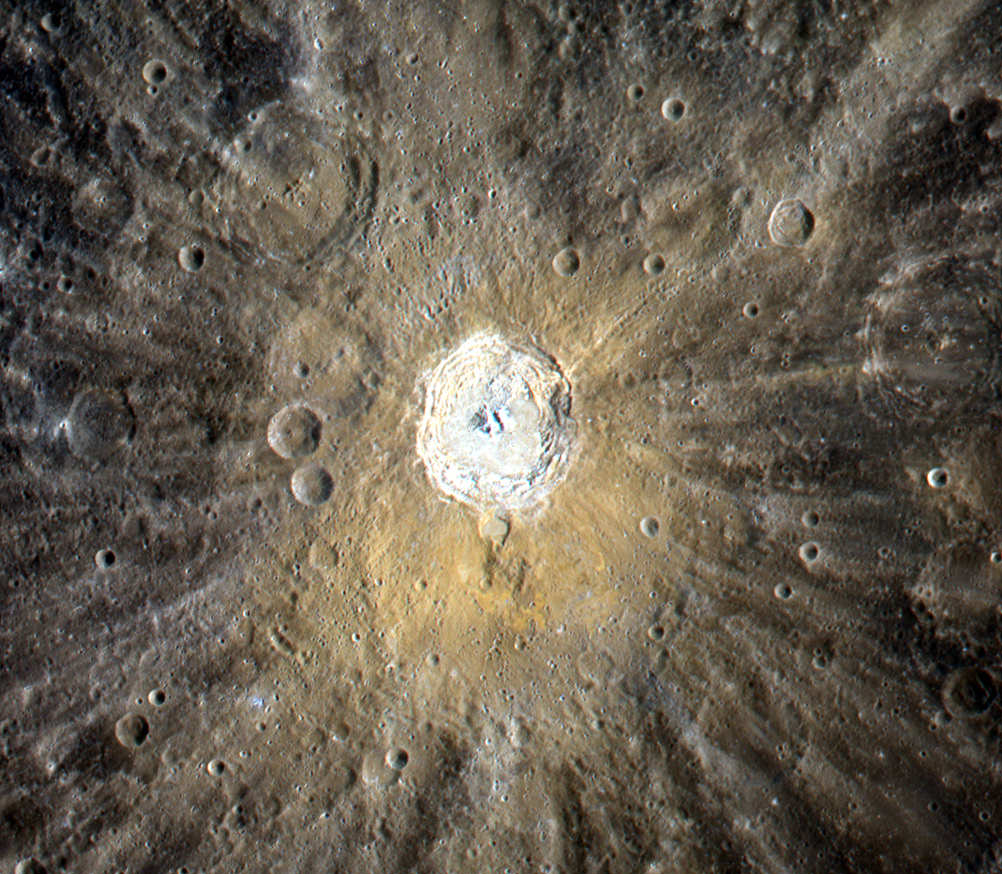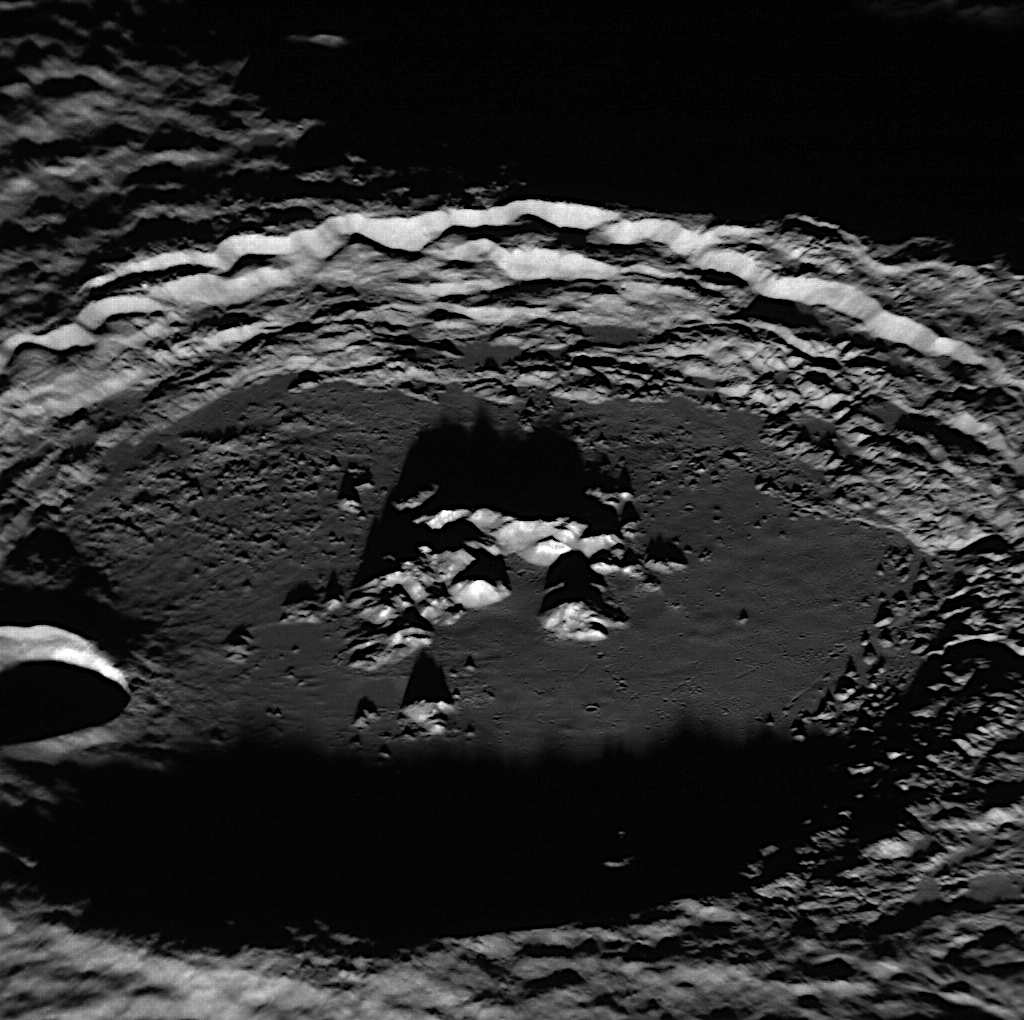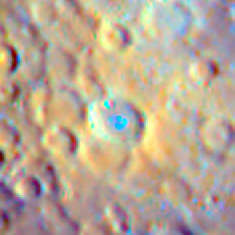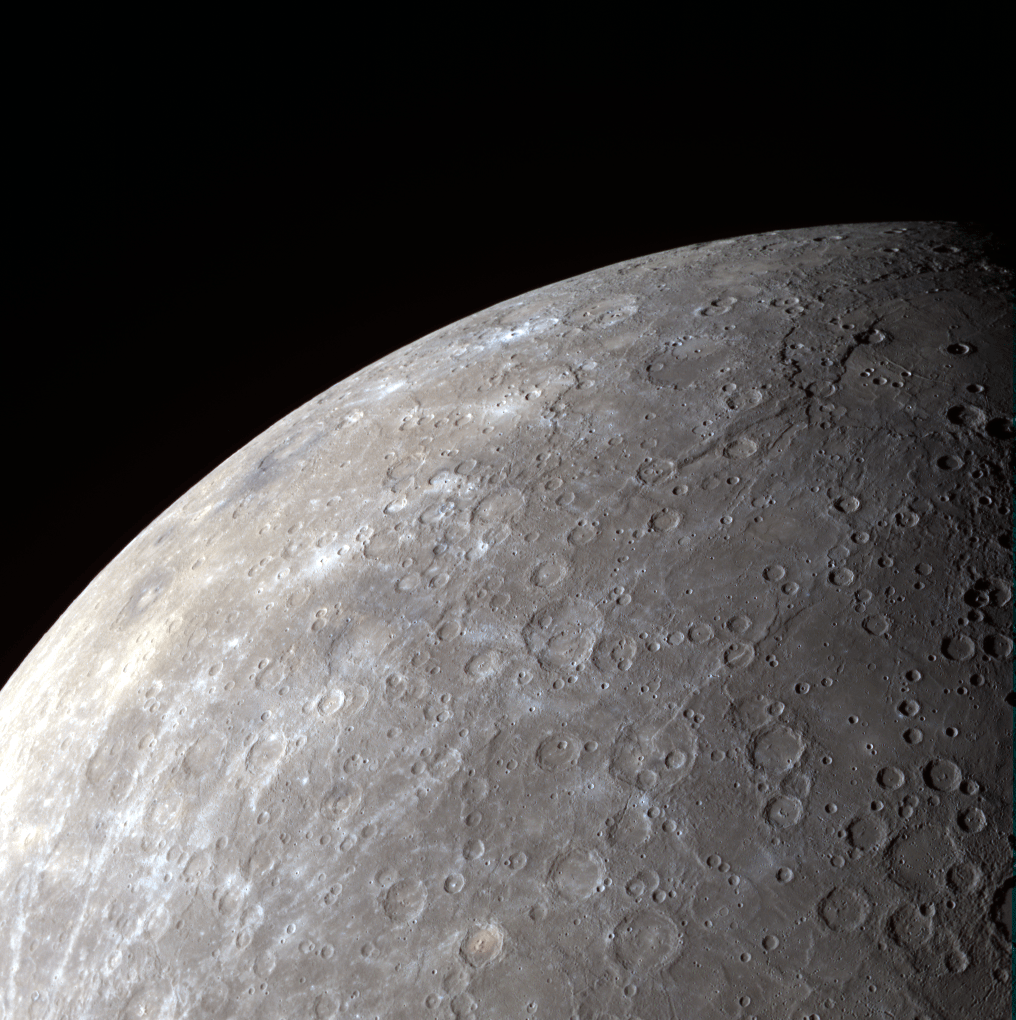Odd thing, I can normaly paste the content to here, but I get a very strange response from the original:
https://aplive.jhuapl.edu/dana-na/auth/url_default/welcome.cgi
Either way, its honest!
Software Enables Efficient Planning of MESSENGER Observations
SciBox, a scientific planning software package, has proven critical to the success of the MESSENGER mission to Mercury. With completion of the design of all primary-mission observations — including more than 70,000 images and millions of spectral observations — the SciBox software tool has substantially increased, relative to original expectations, the scientific return from the first year of Mercury orbital observations. The spacecraft team is now adapting the system to develop the best plan for MESSENGER’s extended mission, which begins next month.
Software engineers at the Johns Hopkins University Applied Physics Laboratory (APL) in Laurel, Md., designed SciBox for the simulation and planning of mission scientific operations and for the generation of spacecraft and instrument commands. “It is a flexible, adjustable suite of mission-simulation and command-generation tools that models spacecraft performance with high fidelity,” explains APL’s Teck Choo, the creator and architect of SciBox.
SciBox developers worked with the scientists responsible for MESSENGER’s investigations to insert the requirements for all scientific observations into the software’s decision routines. During a planning run, SciBox examines the entire mission, locating the best opportunity for each scientific observation. Then, using a set of intertwined priorities constructed to minimize interference among observations, SciBox schedules the full set of observations for the entire mission.
Once the science and engineering teams verify the plan, SciBox produces the instrument commands, which are combined with telecommunication and power commands and then converted to binary format for transmission to the spacecraft. Because spacecraft pointing is integral to the observation plan, SciBox also plans attitude control maneuvers and produces those commands.
The SciBox planning system has increased the scientific return from MESSENGER in several ways. First, it has reduced the complexity involved in combining the more than 30 different sets of observations from the seven instruments and radio science. “By hand, this intractable problem—to find a fully integrated schedule that accommodates all observations — would be nearly impossible to solve,” states Mark Perry, the science lead for SciBox development. “With SciBox, the scientists can levy any and all types of requirements and constraints on the observations, no matter how intricate, and the SciBox implementation team can create an observing sequence to satisfy them.”
SciBox also helped the team evaluate options. “With SciBox, scientists and planners can modify the observational parameters and evaluate the effect on the entire mission schedule,” Perry says. “Part of SciBox’s output is an extensive set of reports that includes detailed lists, summary statistics, and hundreds of plots that facilitate evaluation of improvements and modifications. With that valuable information, MESSENGER scientists can conduct trades to identify the best approach.”
SciBox can also respond quickly to changes in the mission or requirements. “SciBox can re-plan an entire mission in three hours, including the re-integration of all observations, the generation of commands, and the completion of reports,” says Choo. “If the orbit is slightly different from that expected, or if an instrument’s optimal observing parameters change during the course of the mission, then we modify SciBox and re-run it.”
These same SciBox features have also reduced the risks involved in achieving overall mission objectives. “By planning all the mission observations at once, scientists need not estimate the long-range effects of their requirements,” Perry says. Many of the observing variables are run-time parameters, enabling trade studies without modifying the SciBox code, he explains. With SciBox, planners can also easily investigate the effects of problems and then modify SciBox to develop a plan that is less sensitive to such problems. This rapid response capability minimizes the effect of mission changes by quick re-planning of the full mission.
The SciBox tool continues to evolve. Indeed, one of its advantages is the ease with which it accommodates changes. During MESSENGER’s yearlong primary mission, as the science team has identified new observing opportunities, capability has been added to generate new and improved observations.
For the extended mission, the team developed a version of SciBox that incorporates all of the extended-mission observing requirements defined by MESSENGER’s science team. The SciBox developers examined strategies for accomplishing the new observations and then worked with the scientists to resolve conflicts and ensure that all requirements are met. The result, endorsed by the science team and scheduled to go into effect in March, is a packed plan that achieves a scientific return that exceeds extended mission requirements.
--------------------------------------------------------------------------------
MESSENGER Co-Investigator Named AGU Fellow
James A. Slavin, a MESSENGER Co-Investigator and Chair of the Department of Atmospheric, Oceanic, and Space Sciences at the University of Michigan, has been elected a Fellow of the American Geophysical Union (AGU) for his fundamental contributions to the understanding of solar-wind interactions with the planets and the structure and dynamics of Earth's magnetosphere. He joins a select group of scientists who have been elected by their peers as an AGU Fellow.
Slavin is a leading expert on planetary magnetospheres and how they interact with atmospheres and the solar wind. He has authored more than 300 scientific articles about planetary magnetospheres, magnetic reconnection and substorms, and solar-wind interaction with non-magnetized planets and comets.
He has served on 19 magnetic field investigations (including the Cluster, WIND, Magnetospheric Multiscale, and BepiColombo missions) and five NASA missions. He participated in the development of MESSENGER’s Magnetometer and is leading the analysis of the magnetospheric magnetic field measurements.
Slavin worked at the Jet Propulsion Laboratory, NASA Headquarters, and NASA’s Goddard Space Flight Center before moving to the University of Michigan last year. He has received seven NASA Group Achievement Awards, two NASA Medals for Exceptional Achievement, and the University of California Regent's Fellowship in Space Physics.
--------------------------------------------------------------------------------
MESSENGER (MErcury Surface, Space ENvironment, GEochemistry, and Ranging) is a NASA-sponsored scientific investigation of the planet Mercury and the first space mission designed to orbit the planet closest to the Sun. The MESSENGER spacecraft launched on August 3, 2004, and entered orbit about Mercury on March 18, 2011 (UTC), to begin a yearlong study of its target planet. Dr. Sean C. Solomon, of the Carnegie Institution of Washington, leads the mission as Principal Investigator. The Johns Hopkins University Applied Physics Laboratory built and operates the MESSENGER spacecraft and manages this Discovery-class mission for NASA.
--------------------------------------------------------------------------------


